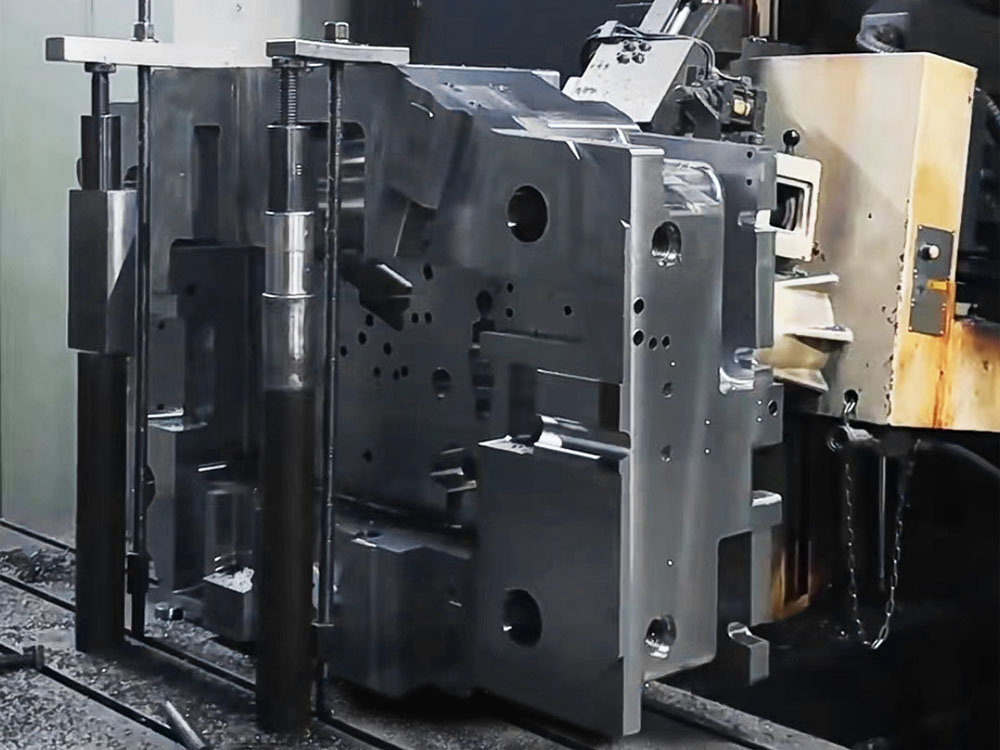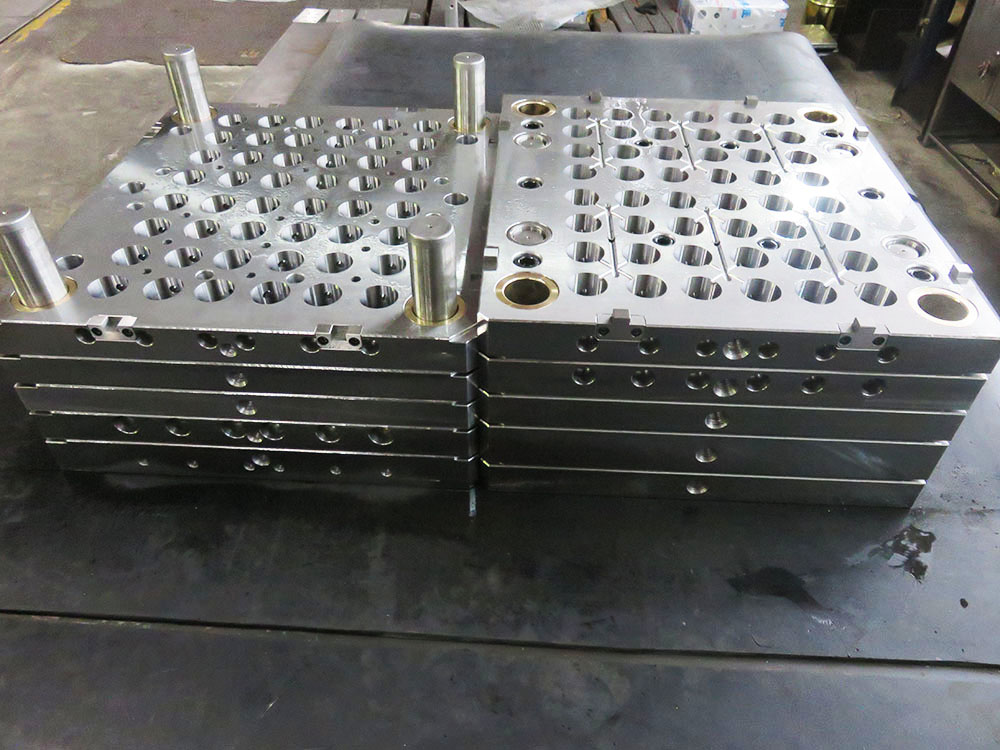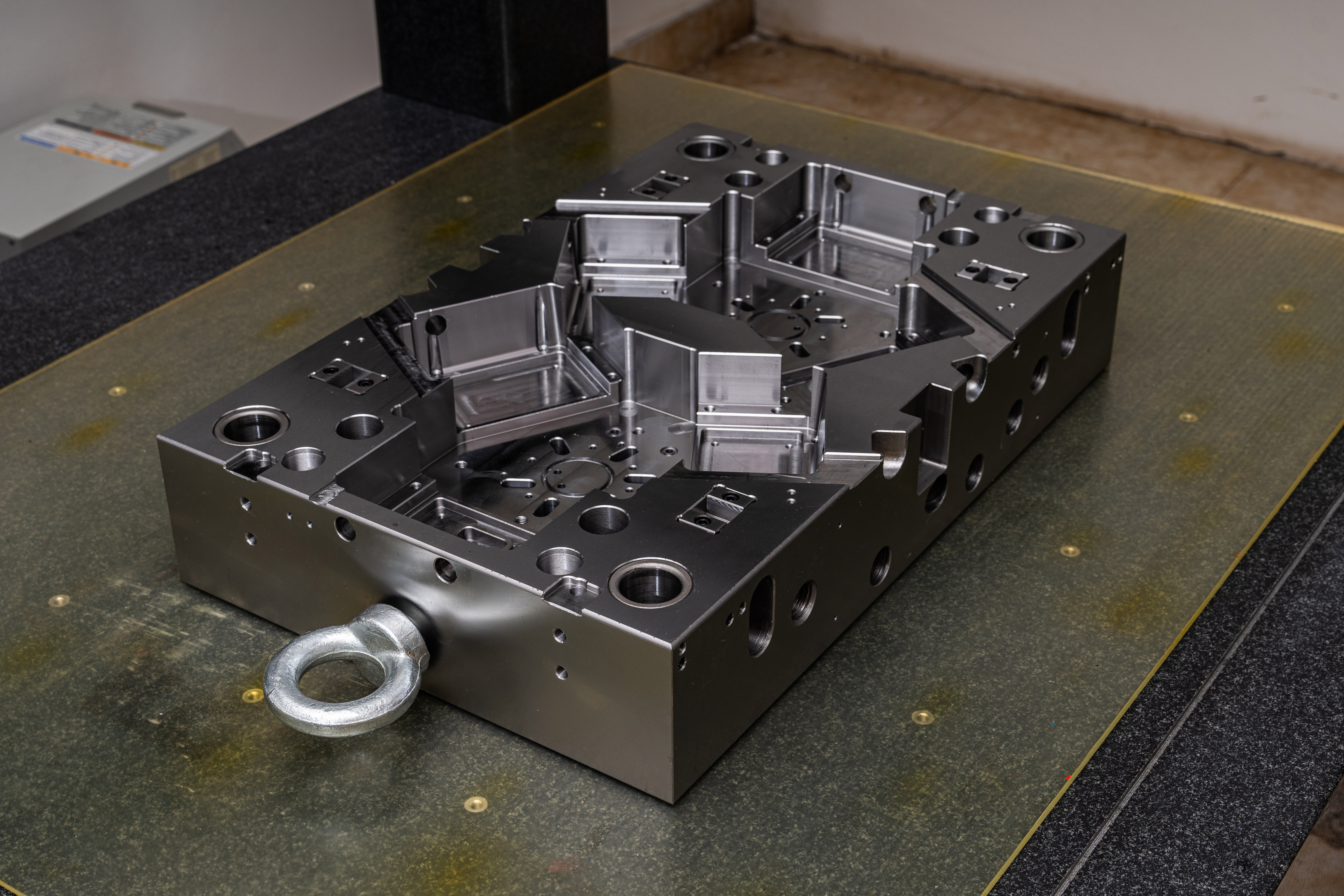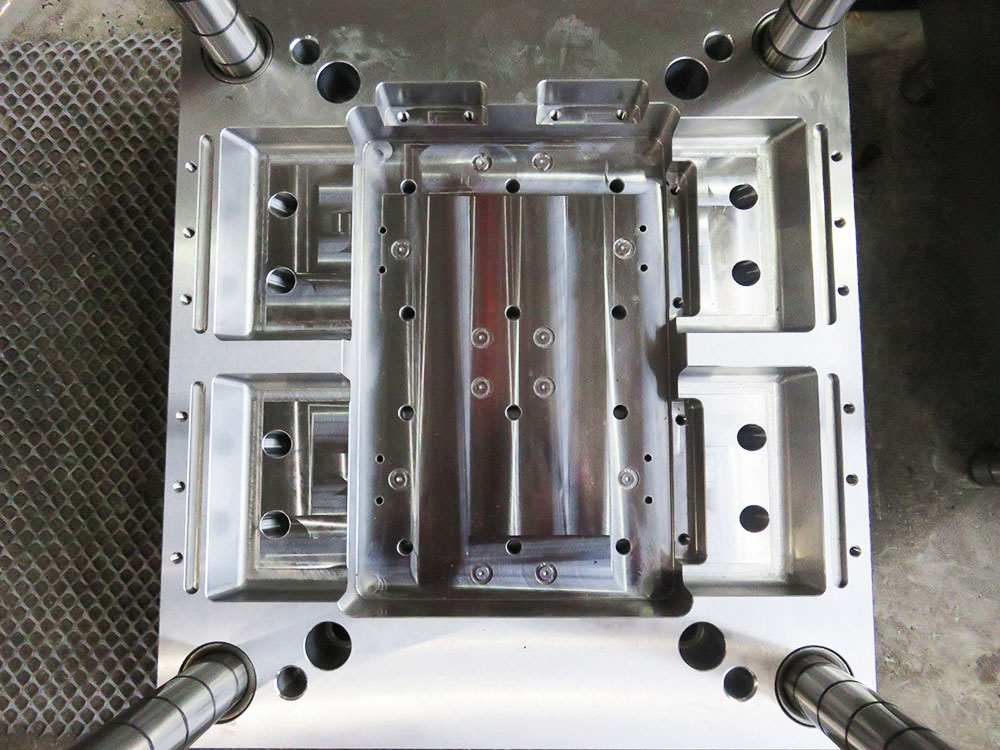Introduction
Super high-supporting frameworks are widely used in the mold base industry to provide stability and support for heavy machinery. However, the increased height of these frameworks can pose challenges in terms of stability, accessibility, and cost. This article explores some strategies that can be employed to reduce the height of super high-supporting frameworks while maintaining their structural integrity and functionality.
1. Optimize Design
The first step in reducing the height of a super high-supporting framework is to optimize its design. This can be achieved by using advanced design software and techniques to analyze the load distribution and determine the most efficient structure. By identifying areas of over-design and reducing redundant elements, the overall framework height can be reduced while maintaining its strength and stability.
2. Material Selection
Choosing the right materials for the construction of the framework is crucial in reducing its height. High-strength and lightweight materials, such as aluminum alloys or advanced composites, can be used to replace traditional steel construction. These materials offer excellent strength-to-weight ratios, allowing for thinner and lighter framework components without compromising structural integrity.
3. Component Integration
To further reduce the height of the framework, it is important to consider integrating various components into a single structure. This can be achieved by combining functional elements, such as support beams and columns, into a unified framework design. By eliminating the need for separate components and connections, the overall height can be significantly reduced.
4. Modular Construction
Modular construction techniques can also be employed to reduce the height of the framework. By dividing the structure into smaller, interchangeable modules, each module can be optimized for height reduction while maintaining ease of assembly and disassembly. This not only allows for efficient transportation and installation but also provides flexibility for future modifications or expansions.
5. Advanced Support Mechanisms
Innovative support mechanisms, such as hydraulic or pneumatic systems, can be utilized to reduce the height of the framework during operation. These mechanisms allow for adjustable height settings, enabling the framework to be lowered when not in use and raised only when necessary. This not only improves accessibility but also minimizes the overall height requirement.
6. Risk Assessment and Testing
Before implementing any height reduction strategies, it is important to perform a thorough risk assessment and conduct testing to ensure the modified framework meets safety and performance standards. Various load tests, simulations, and structural analyses should be carried out to validate the proposed design changes and confirm the integrity of the framework under different load conditions.
Conclusion
In conclusion, reducing the height of super high-supporting frameworks in the mold base industry requires a combination of design optimization, material selection, component integration, modular construction, advanced support mechanisms, and rigorous testing. By implementing these strategies, manufacturers can achieve a more compact and efficient framework without compromising its structural integrity and functionality.




